Bankruptcy and COVID 19
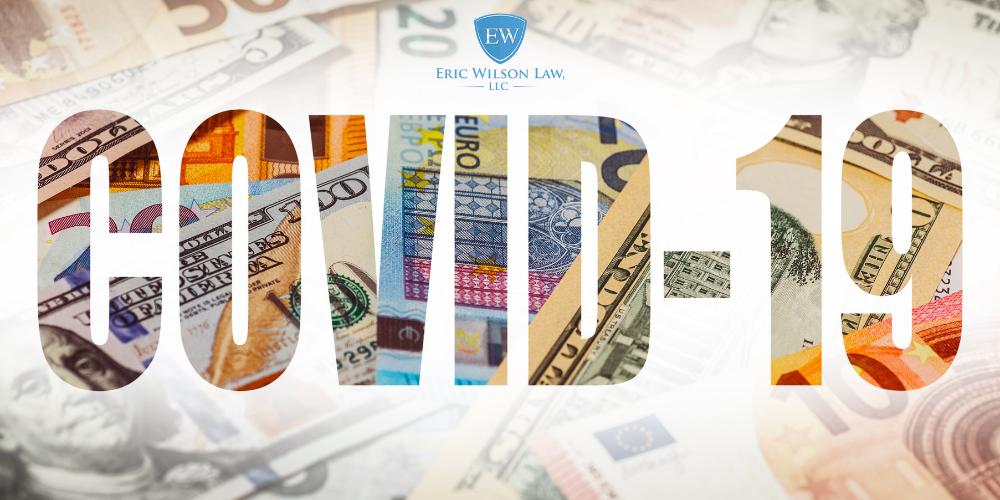
At the height of the COVID-19 pandemic, as millions of people suffered the effects of illness, a separate crisis began rocking the United States, a crisis we are still feeling the impact of today: the impact of the coronavirus shutdown on the economy.
Record numbers of COVID-19 bankruptcy for both businesses and individuals were predicted, and by July 2020, the year of lockdowns was second only to 2009 in terms of bankruptcy in the commercial sector. Individual bankruptcies were forestalled by government assistance, such as stimulus checks and loan forbearance.
Now, in 2023, the landscape has changed. Stimulus checks are a thing of the past, and loan forbearance and forgiveness is up for debate. Consumers are struggling with rising inflation and interest rates. So how many businesses actually filed bankruptcy due to COVID-19? How many people? How did COVID impact bankruptcy code or bankruptcy law, if at all? What should an individual or a business do if they find they need to file for bankruptcy?
Here, we’ll answer a few of your most burning questions surrounding bankruptcy and the pandemic. If you have any questions about bankruptcy or want to discuss it as a financial option, give our Tuscaloosa offices a call at 205-349-1280. At Eric Wilson Law, we can help you navigate the difficult waters of bankruptcy, and help set you on the path to financial recovery, and to a fresh start.
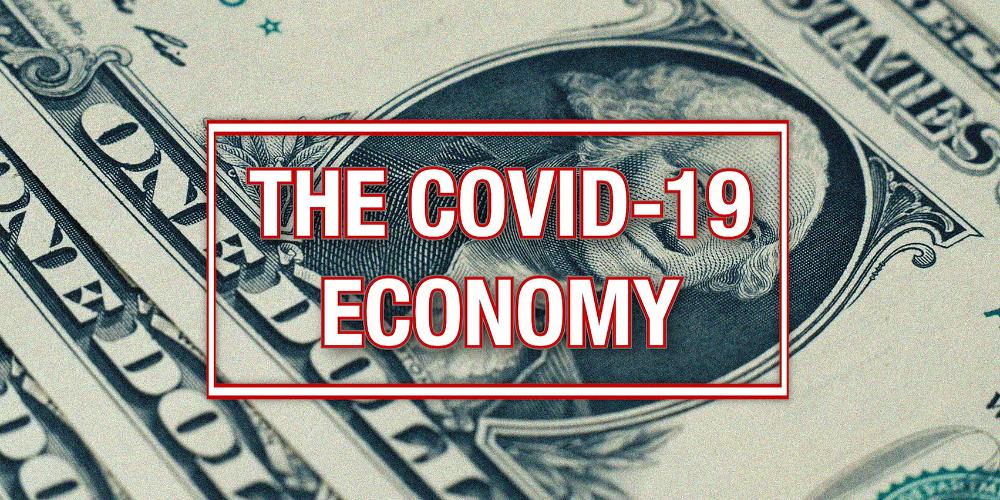
How Has COVID-19 Impacted The U.S. Economy?
Throughout the whole of 2020, unemployment skyrocketed while public economic activity declined. Job losses were unfortunately focused on lower-paying jobs that rely on customer’s physical presence: restaurants and retail. As these businesses were forced to shut down with no way to pay their employees, and employees already living paycheck to paycheck were left without regular income and with no way to find a new job.
By summer of 2020, bankruptcy attorneys and other economic experts were predicting a coming consumer bankruptcy tsunami. Some of these bankruptcies, however, were forestalled by a variety of assistance from the federal government.
Financial Aid During the Height of the COVID-19 Pandemic
Let’s talk about the different types of financial aid that were offered during the pandemic, how they impacted COVID-19 bankruptcies, and how they’re impacting bankruptcies now.
CAREs Act
The Coronavirus Aid, Relief, and Economic Security Act, also known as the CARES Act, was signed by then-President Trump in March 2020 to provide direct relief to large and small businesses and individuals, and blunt the potential economic damage resulting from the pandemic.
Among other things, the CARES act provided us with a stimulus check of $1,200 per adult and $500 per child in households making less than $75,000 per year. It placed a moratorium on evictions and mortgage foreclosures, provided generous tax rebates for taxpayers with children, and expanded unemployment assistance. For businesses, the Paycheck Protection Program provided them with the funds necessary to pay their employees.
This assistance allowed individuals and businesses to continue payments to creditors, and prevented families from being evicted or left homeless due to a lack of income. This forestalled bankruptcies that might otherwise have occurred as a result of the coronavirus pandemic.
Additionally, in 2021 CARES was extended by the Biden Administration with the Consolidated Appropriations Act, which extended many of the protections provided by CARES and provided new allocations and guidelines.
Student Loan Forbearance
Student loan forbearance is the other means by which the government provided assistance during the pandemic. Payments, as well as accruing interest, on student loans were paused at the beginning of the pandemic, and remain paused today as the various branches of government debate forgiveness, rising interest rates, and other issues related to student loans.
For many college graduates, student loans are a huge expense, and this forbearance allows them to conserve income and avoid filing for bankruptcy.
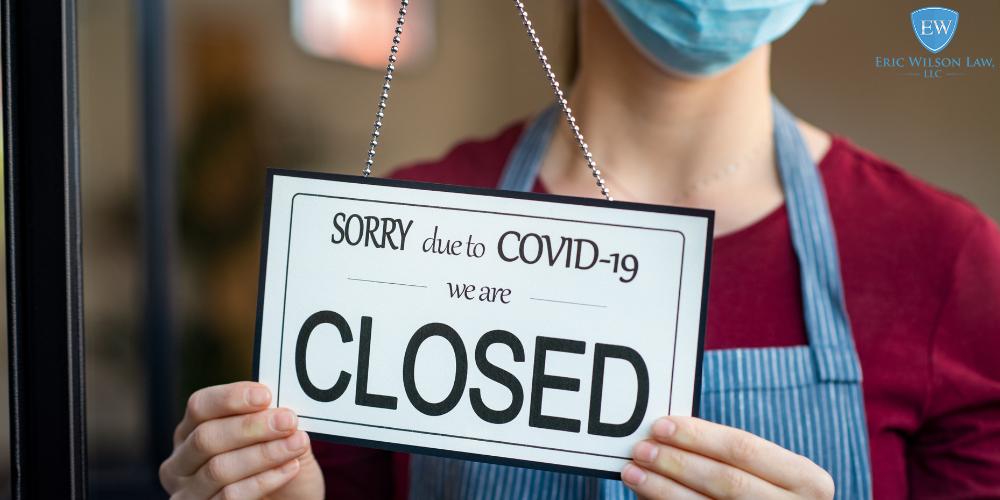
Bankruptcy Filings During the Pandemic
So, with record numbers of bankruptcies predicted and government assistance forestalling them, how many people actually filed for bankruptcy due to COVID-19?
How Many Individuals Filed for Bankruptcy in 2020?
The number of individual Chapter 7 filings, the most common form of personal bankruptcy, fell by 25% in 2020 due to government assistance as well as bankruptcy court closures. However, this number might increase contingent on decisions made regarding student loan forgiveness and forbearance.
How Many Businesses Filed for Bankruptcy in 2020?
The number of businesses filing for bankruptcy, however, is a different story. More than 100 businesses with $100 million or more in debt filed for Chapter 11 bankruptcy by July 2020. According to the American Bankruptcy Institute, the number of Chapter 11 bankruptcies were up 48% from May 2019 to May 2020.
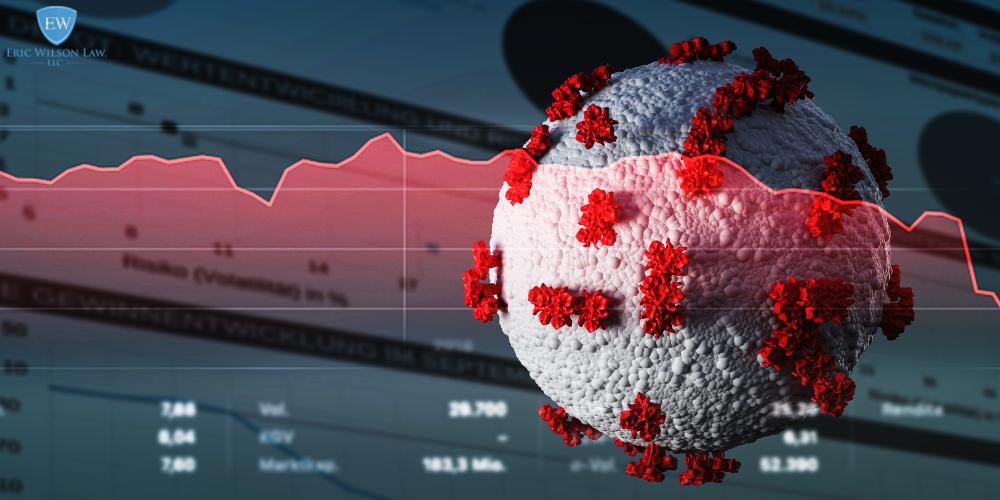
How COVID-19 Changed Bankruptcy Rules and Regulations
Before we talk about how coronavirus and the CARES Act altered bankruptcy, let’s do a quick rundown on the different types of bankruptcy, and what the process and effects are at baseline.
First, there are 3 types of bankruptcy available: Chapter 7, Chapter 11, and Chapter 13.
Chapter 7
This is the most popular form of personal filing. It discharges the majority of your unsecured debt–that means credit card debt, medical debt, etc., when you sell all your non-exempt assets.
It’s important to remember that you won’t lose all your assets–exempt assets include your home, some percentage of your income, retirement accounts, burial plots, as well as necessary day-to-day items in your home. Alabama also allows a wildcard exemption that allows you to protect a percentage of any asset of your choosing.
Chapter 7 discharges your debts after the sale of assets, and does not require debtors to pay back creditors further.
Chapter 11
Chapter 11 is usually the route small businesses, as well as large corporations, will take when filing bankruptcy. For Chapter 11, the debt will be “reorganized.” A bankruptcy petition for Chapter 11 may be filed by the debtor, or by creditors who meet certain requirements. Then, the debtor may propose a plan to restructure their obligations, and the creditors may seek payment plan modifications if they like. If the debtor does not suggest a plan, the creditors may.
There are filing fees totaling just over $1,000 associated with Chapter 11 that the court is required to charge.
Chapter 13
Chapter 13 bankruptcy is similar to Chapter 11, though it is for individuals rather than businesses. Chapter 13 is bankruptcy for individuals with too much disposable income to file for Chapter 7.
Rather than selling off your assets to dismiss your debts, Chapter 13 structures debt into a manageable repayment plan, to be repaid monthly over 3 to 5 years.
All of these different forms of bankruptcy require debtors to go to the courts and file a petition. For Chapter 11 and 13, you may have to meet with creditors or take a financial responsibility course. For Chapter 7, you need to pass the Means Test in Alabama.
Bankruptcy During COVID-19
During the coronavirus shutdown, bankruptcy protection was put into place to enable people and businesses to file for bankruptcy if they needed to, as well as keep people who filed for bankruptcy before the shutdown continue to make payments. Rules were also made so that local governments could continue business as usual with petitions and hearings, despite court operations being stalled by the shutdown. This prevented potentially large numbers of debtors from catching bankruptcy courts ill-prepared. Here are some of the ways the coronavirus affected bankruptcy filings.
First, Chapter 13 filers who filed before the shutdown were allowed to extend their payment plans from three to five years to seven years. To do this, debtors needed to provide proof of material financial hardship. Small business debtors were also potentially allowed an extra 60 days to meet post-petition obligations.
Additionally, stimulus checks will not count towards disposable income, and have no impact on individuals’ ability to file bankruptcy. Also, the debt limit for businesses filing under Subchapter V of Chapter 11 increased substantially.
In an effort to prevent the spread of COVID-19, the requirement for an attorney to get an original signature, or a “wet signature,” has been waived in many courts. Attorneys and clients can review and sign documents virtually, rather than arrange for a physical signature.
Similarly, it was mandated that meetings with creditors be conducted over the phone or by remote means rather than in person.
Are Economists Still Expecting More Bankruptcy Filings Due to the Pandemic?
Unfortunately, experts are predicting that more businesses, at the very least, will be filing for bankruptcy in 2023. Federal protections that allowed many businesses to remain open will be ending; this, compounded by global supply chain issues and rising inflation, will potentially leave bankruptcy courts very busy in the upcoming year.
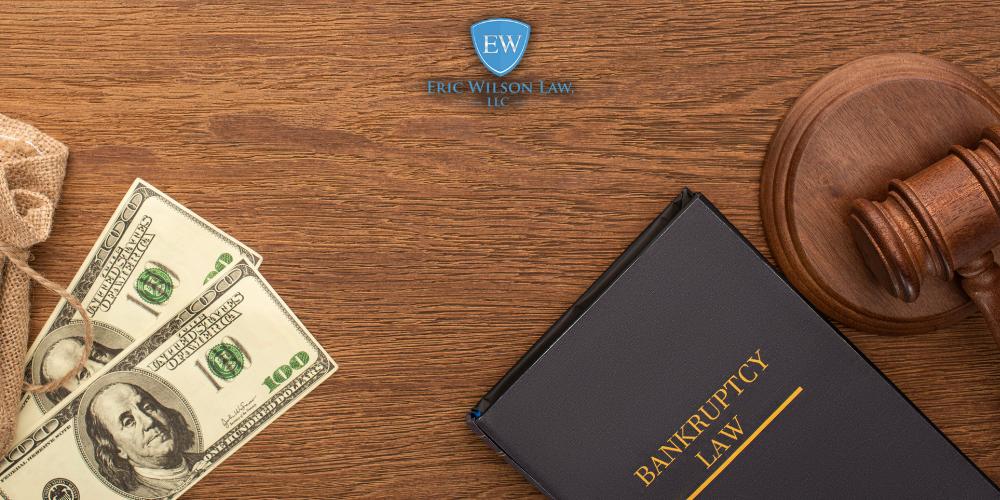
Call a Tuscaloosa Bankruptcy Lawyer at Eric Wilson Law Today
Filing for bankruptcy is never an easy decision, but with the help of a thorough and experienced bankruptcy attorney, you can make the process that much easier. Since 1996, Eric Wilson has been providing the citizens of Alabama with guidance and advice through financial hardship.
If you’re in the Tuscaloosa area and need help with anything from bankruptcy to debt relief, contact the Eric Wilson Law office. You can give us a call, or send us a message.
Practice Areas
Office Location
Eric M. Wilson, LLC
1902 8th St Tuscaloosa, AL 35401
205-708-2115
Tuscaloosa Law Office Map and Directions
